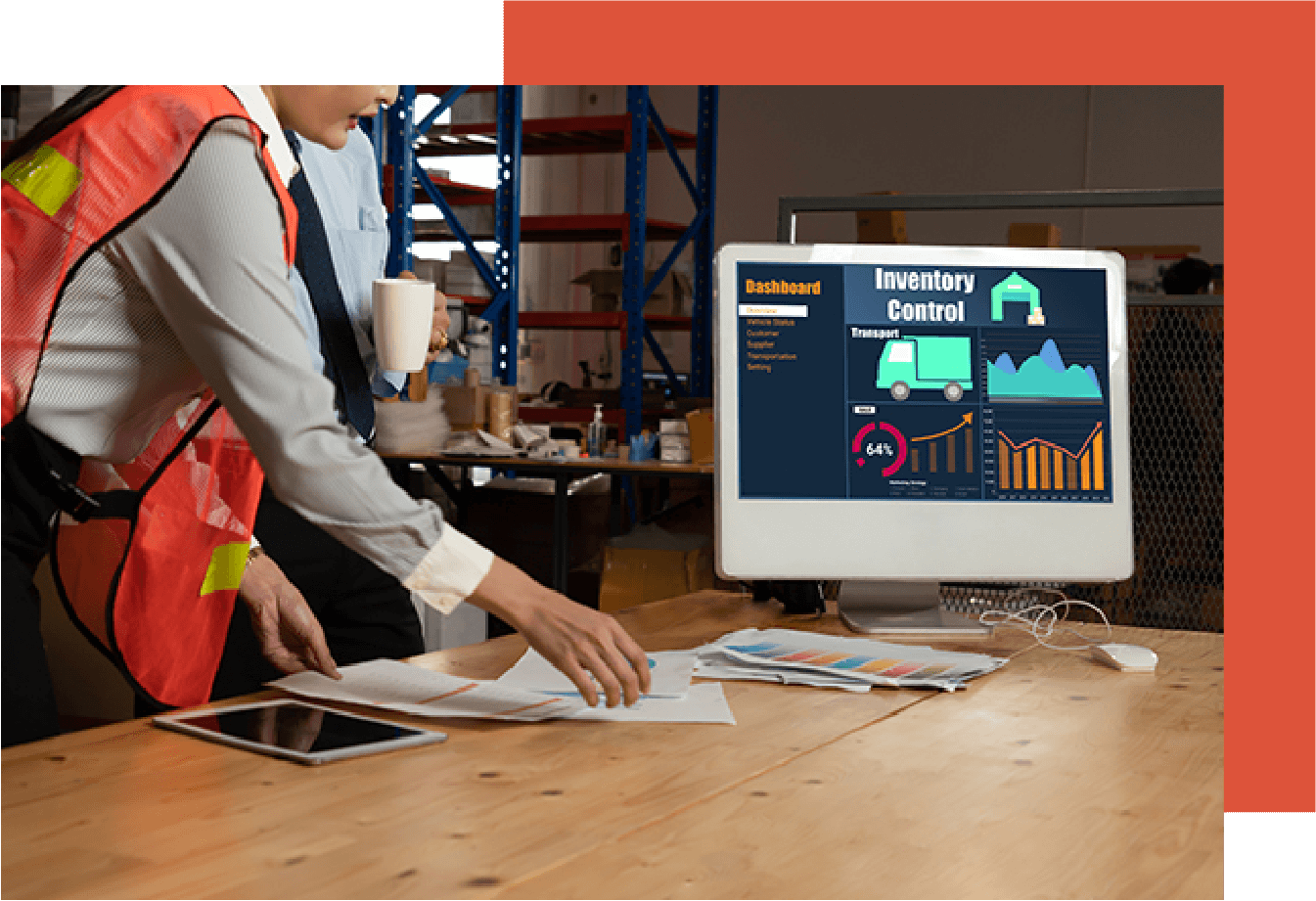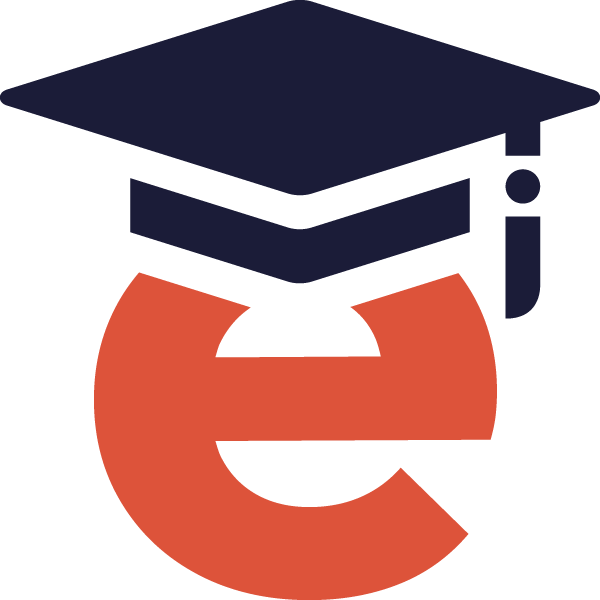Scenario-Based Learning: Enhancing Education Through Real-World Context
Written by Praveen Arunkumar
In the ever-evolving landscape of education, traditional teaching methods are slowly paving the way to more interactive and engaging approaches. One such approach gaining momentum is scenario-based learning (SBL). SBL is one of the most effective methods of providing instructions to learners. This approach is based on the principles of andragogy, where learners undergo a simulated learning experience, which eventually helps them to relate better and apply the acquired knowledge in real-world applications more effectively. This article will explore the complexities of scenario-based learning, its benefits, implementation strategies, and impact on education.

Understanding Scenario-Based Learning
Traditional education methods are transforming in a world of innovation and rapid change. SBL is emerging as a dynamic and engaging approach that bridges the gap between theoretical knowledge and real-world application.
At its core, SBL involves the presentation of learners with realistic, context-rich scenarios that reflect situations they might encounter in their future professional or personal lives. These scenarios challenge learners’ critical thinking, problem-solving, decision-making, and collaboration skills. Unlike traditional lectures or textbook-driven learning, SBL places learners in the driver’s seat of their learning journey.
While scenario-based learning might seem like a contemporary pedagogical approach, its roots can be traced back to ancient times. Socratic dialogues and apprenticeships, for instance, were early forms of SBL where learners engaged in dialogue and hands-on experiences to develop their skills and knowledge. In the modern era, the approach gained prominence in fields such as medical education, military training, and business simulations.
Top Benefits of Scenario-Based Learning
In the realm of education, innovative approaches are constantly sought to engage learners and enhance their understanding of complex subjects. Scenario-based learning has emerged as a powerful method that captivates learners’ attention and cultivates critical skills crucial for success in today’s multifaceted world. This section will explore the benefits that scenario-based learning offers educators, learners, and the educational ecosystem.
- Enhanced Critical Thinking: SBL propels learners into scenarios that demand thoughtful analysis and decision-making. Engaging with complex situations encourages them to critically evaluate information, consider alternatives, and arrive at well-reasoned conclusions. These skills are transferable to various aspects of life and empower learners to approach challenges strategically.
- Practical Application of Knowledge: Unlike traditional learning methods that often remain abstract, SBL immerses learners in real-world scenarios. This hands-on experience allows them to apply theoretical knowledge to practical situations, bridging the gap between academia and reality. Learners gain confidence in their abilities to solve real problems they might encounter personally or professionally.
- Increased Engagement and Motivation: Interactive and immersive learning experiences foster higher levels of engagement. Learners become active participants in their education, navigating scenarios, making decisions, and witnessing the consequences. This engagement keeps learners motivated and enhances their capacity to retain and apply information effectively.
- Holistic Skill Development: SBL goes beyond subject-specific knowledge. Learners develop many skills, such as problem-solving, teamwork, communication, adaptability, and creativity. These skills are essential in a world where multidisciplinary approaches are increasingly valued and demanded across various industries.
- Real-World Relevance: Educational content is often criticized for lacking relevance to real life. SBL addresses this concern by aligning learning experiences with real-world situations. Learners understand how the concepts they are learning apply to actual circumstances, making their education more meaningful and impactful.
- Improved Long-Term Retention: Learning through experiences has enhanced long-term retention. The vividness of scenarios and the emotional engagement they evoke contribute to more robust memory formation. Learners are more likely to remember and recall information learned within the context of a scenario, even after considerable time has passed.
- Seamless Transition to Professional Roles: SBL prepares learners for the challenges they will face in their future careers. Learners gain a competitive advantage upon entering the workforce by dealing with scenarios that mimic workplace situations. They are better equipped to navigate complexities, make informed decisions, and communicate effectively.
- Customizable Learning Paths: SBL allows for personalization and adaptability. Educators can design scenarios that cater to diverse learning styles, paces, and preferences. This customization accommodates the individual needs of learners and creates a more inclusive and effective learning environment.
10 Steps to Implementing Scenario-Based Learning
Educators increasingly turn to scenario-based learning as a robust approach to close the gap between theory and practice in the quest for more effective and engaging teaching methodologies. Implementing SBL requires thoughtful planning, creativity, and a deep understanding of its core principles.
- Identify Learning Objectives: Begin by defining clear learning objectives. What skills, knowledge, or competencies do you want your students to gain from the scenario? These objectives will guide the design of scenarios and assessments to ensure alignment with your educational goals.
- Choose Relevant Scenarios: Select scenarios that mirror real-life situations relevant to the subject matter. These scenarios should challenge students’ critical thinking and problem-solving abilities while showcasing the practical applications of their learning.
- Design Authentic Scenarios: Craft scenarios that are authentic and relatable. The more closely the scenarios resemble real-world situations, the more influential the learning experience will be. Include relevant details, context, and potential challenges to enhance authenticity.
- Incorporate Varied Formats: SBL can take various forms, such as case studies, simulations, role-playing, and virtual reality experiences. Choose the format that best suits your learning objectives and resources. Experiment with different formats to keep the learning experience engaging and diverse.
- Align with Assessment Methods: Assessment should reflect the skills and knowledge developed through SBL. Design assessments that require students to apply their learning to scenario-based challenges, allowing them to showcase their critical thinking and problem-solving abilities.
- Provide Clear Guidelines: Offer guidelines for approaching scenarios but encourage open-ended exploration. Students should have the autonomy to make decisions and experience the consequences, fostering a sense of ownership in their learning journey.
- Facilitate Reflection: After engaging with scenarios, allocate time for reflection. Please encourage students to analyze their decisions, consider alternatives, and reflect on the outcomes. This reflection phase enhances metacognition and deepens the learning experience.
- Foster Collaboration: Many scenarios involve group work or collaboration. These scenarios should mirror real-world dynamics where diverse perspectives contribute to better outcomes. Collaborative scenarios promote teamwork, communication, and negotiation skills.
- Adapt to Learner Needs: Recognize learners’ diverse styles, paces, and preferences. Design scenarios that allow for flexibility and personalization. Provide resources and support for students who may need additional guidance.
- Assess and Iterate: Regularly assess the effectiveness of your SBL approach. Gather feedback from learners to understand their experiences and any challenges they face. Use this feedback to refine your scenarios and teaching methods over time.
Case Studies and Success Stories
The impact of scenario-based eLearning (SBL) on education is best understood through real-world examples. These case studies and success stories showcase the transformative power of SBL in diverse educational settings, across various subjects, and for learners of different ages.
- Medical Education: Virtual Patient Simulations
In medical schools, SBL has revolutionized how students prepare for clinical practice. Virtual patient simulations allow medical students to diagnose and treat simulated patients, replicating real-life scenarios. Institutions like the University of Florida College of Medicine have reported significant improvements in students’ clinical reasoning skills and confidence. SBL enables students to practice in a risk-free environment before interacting with actual patients, enhancing patient safety and healthcare outcomes. - Business Management: Harvard Business School Case Method
Harvard Business School’s renowned case method is a prime example of SBL in business education. Students analyze real-world business cases, exploring complex decision-making processes and considering various perspectives. This method develops critical thinking, strategic analysis, and communication skills. Graduates attribute their success in corporate environments to the problem-solving skills honed through SBL. - Language Learning: Immersive Language Simulations
Language acquisition benefits greatly from SBL. Duolingo, a language-learning platform, employs SBL by immersing learners in scenarios where they interact with virtual characters in the target language. Learners navigate situations like ordering food or asking for directions. This approach enhances practical language skills and cultural understanding, making learning more engaging and effective. - STEM Education: Engineering Design Challenges
In STEM fields, SBL encourages students to apply theoretical knowledge to real-world engineering challenges. Carnegie Mellon University’s Mechanical Engineering program incorporates design challenges where students create solutions for industry partners. This approach not only strengthens technical skills but also cultivates creativity and teamwork. - Primary Education: History Role-Play
SBL is not limited to higher education. In elementary classrooms, history can come alive through role-playing. Students take on the roles of historical figures and participate in simulations that mirror historical events. This interactive approach enhances students’ understanding of historical contexts and encourages empathy and critical thinking. - Corporate Training: Customer Service Simulations
In corporate settings, SBL is used to train employees in customer service and conflict resolution. Companies like Pfizer have integrated scenario-based customer service simulations to train their staff effectively. Employees engage in virtual conversations with simulated customers, preparing them for real-world interactions.
In Summary
Scenario-based learning offers a paradigm shift in education, fostering active engagement and practical application of knowledge. From its foundational principles to practical implementation strategies, this blog has explored the various facets of SBL. Educators can equip learners with the critical skills needed to thrive in an ever-changing world by integrating real-world scenarios into the learning process. As SBL continues gaining traction, its potential to revolutionize education and shape tomorrow’s learners remains undeniable.









